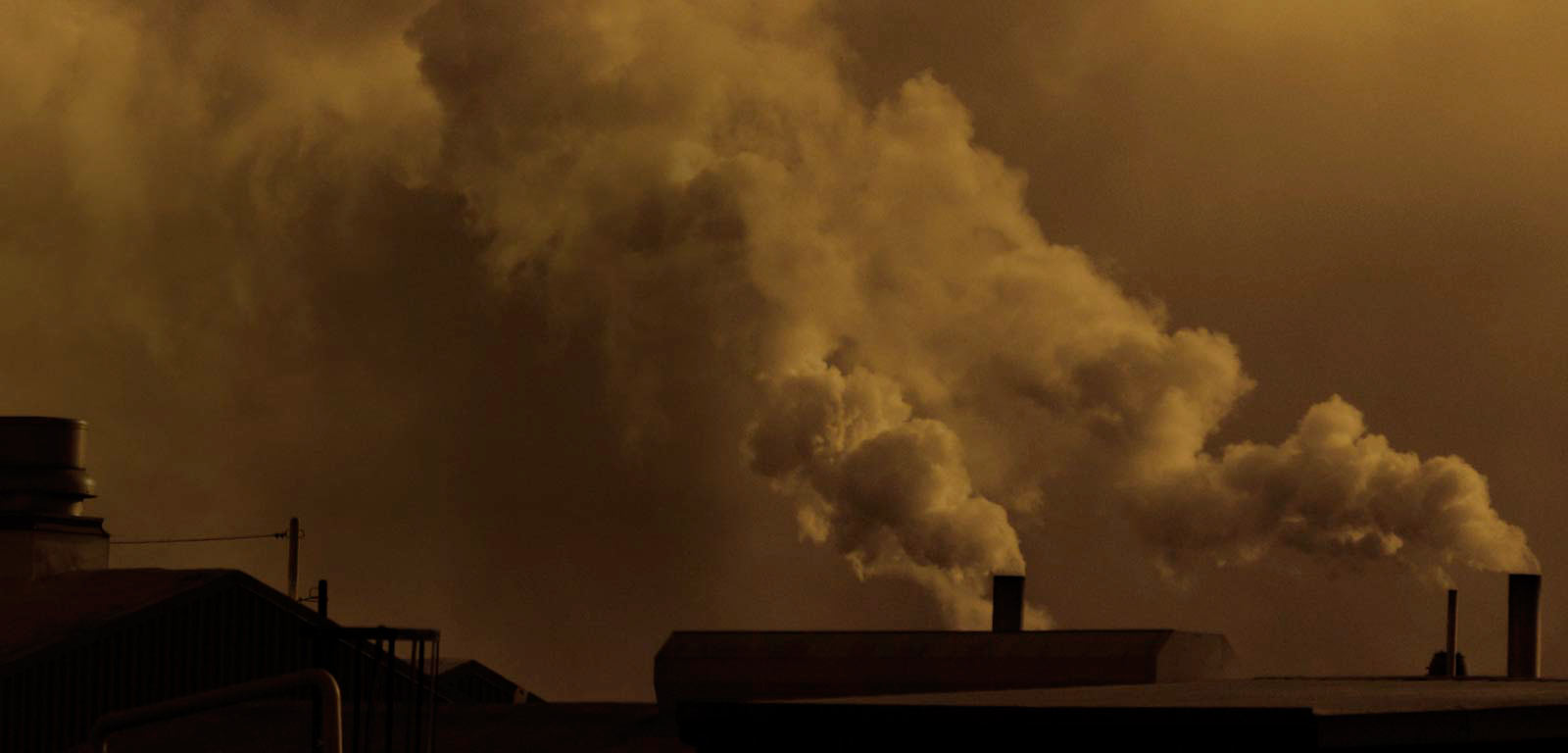Subject
Ecotoxicity Bioassays in Aquatic Risk Assessment
General details of the subject
- Mode
- Face-to-face degree course
- Language
- English
Description and contextualization of the subject
Ecotoxicology. European Water Framework Directive. Experimental design. Sampling methods. Bioassays. Bioaccumulation. Weight-of-evidence and statistical approaches. Decision making for management and conservation of aquatic systems.Teaching staff
| Name | Institution | Category | Doctor | Teaching profile | Area | |
|---|---|---|---|---|---|---|
| IZAGUIRRE ARAMAYONA, URTZI | University of the Basque Country | Profesorado Agregado | Doctor | Bilingual | Cellular Biology | urtzi.izagirre@ehu.eus |
| MARIGOMEZ ALLENDE, JUAN ANTONIO | University of the Basque Country | Profesorado Catedratico De Universidad | Doctor | Bilingual | Cellular Biology | ionan.marigomez@ehu.eus |
Competencies
| Name | Weight |
|---|---|
| abilities that enable suitable study design of ecotoxicology in environmental risk assessment | 25.0 % |
| criteria useful for analysing and interpretation of toxicity and bioaccumulation data | 25.0 % |
| identify the main questions that can be addressed by the use of bioassays | 20.0 % |
| know the advanced methods for determination of ecotoxicity of contaminated water and sediments | 15.0 % |
| understand the role of toxicity testing into an integrative risk assessment of the aquatic ecosystems | 15.0 % |
Study types
| Type | Face-to-face hours | Non face-to-face hours | Total hours |
|---|---|---|---|
| Lecture-based | 15 | 20 | 35 |
| Seminar | 5 | 5 | 10 |
| Applied classroom-based groups | 5 | 25 | 30 |
| Applied laboratory-based groups | 5 | 1 | 6 |
| Workshop | 5 | 9 | 14 |
| Industrial workshop | 5 | 0 | 5 |
Training activities
| Name | Hours | Percentage of classroom teaching |
|---|---|---|
| Exercises | 2.0 | 100 % |
| Laboratory practicals | 6.0 | 83 % |
| Lectures | 35.0 | 43 % |
| Presentations and Papers | 12.0 | 25 % |
| Seminars | 10.0 | 50 % |
| Solving practical cases | 30.0 | 25 % |
| Tutorials | 5.0 | 100 % |
Assessment systems
| Name | Minimum weighting | Maximum weighting |
|---|---|---|
| Assistance is compulsory. Active participation in open discussions in lectures, seminars and practicals is required | 0.0 % | 50.0 % |
| Practical tasks | 50.0 % | 50.0 % |
| Presentations | 50.0 % | 50.0 % |
Ordinary call: orientations and renunciation
Las condiciones de renuncia a la convocatoria ordinaria se rigen por la Normativa de permanencia del alumnado de los másteres universitarios aprobada por el acuerdo de consejo social de la UPV/EHU el 22 de Julio de 2015. En todo caso habrá que comunicar por escrito al profesor(a) responsable de la asignatura la renuncia a la convocatoria, antes de la primera prueba de evaluación de la asignatura.El método de evaluación incluido en esta guía puede sufrir cambios si las directrices de las autoridades sanitarias así lo estableciesen. Las modificaciones a adoptar se anunciarían oportunamente, contando con las estrategias y herramientas necesarias para garantizar el derecho del alumnado a ser evaluado con equidad y justicia.
Extraordinary call: orientations and renunciation
Las condiciones de renuncia a la convocatoria ordinaria se rigen por la Normativa de permanencia del alumnado de los másteres universitarios aprobada por el acuerdo de consejo social de la UPV/EHU el 22 de Julio de 2015. En todo caso habrá que comunicar por escrito al profesor(a) responsable de la asignatura la renuncia a la convocatoria, antes de la primera prueba de evaluación de la asignatura.El método de evaluación incluido en esta guía puede sufrir cambios si las directrices de las autoridades sanitarias así lo estableciesen. Las modificaciones a adoptar se anunciarían oportunamente, contando con las estrategias y herramientas necesarias para garantizar el derecho del alumnado a ser evaluado con equidad y justicia.
Temary
TheoryIntroduction: Information provided by ecotoxicology to an integrated assessment of ecological effects of chemical substances in the aquatic environment. The European Water Framework Directive.
Experimental design for the evaluation of ecotoxic effects in the aquatic systems. Factors controlling ecotoxicity in the organisms. Effects of toxic substances. Parameters to describe acute and chronic responses.
Sampling methods: The importance of pilot studies. Case studies.
Bioassays: Concepts and advanced methods for the evaluation of ecotoxicity of chemical substances. Realism vs
standardization. Quality control/Quality assurance. Case studies: Assessment and management of 1.-
Industrial effluents 2. Polluted sediments , 3. Labelling of new substances .
Practical 1: Acute toxicity test
Bioaccumulation. Bioassays and methods for assessing bioaccumulation in the biota
Weight-of-evidence and statistical approaches.
Practical 2.Analysis of a data base for evaluation of ecotoxicological risk assessment
Decision making for management and conservation of aquatic systems.
Bibliography
BAILEY R.C., NORRIS R.H. & REYNOLDSON T.B. 2004. Bioassessment of freshwater ecosystems. Using the
reference condition approach. Kluwer Academic publishers.
BURTON G.A. (Ed.) 1992. Sediment toxicity assessment. Lewis Publishers.
GREEN R.H. 1979. Sampling design and statistical methods for environmental biologists. Wiley & Sons.
HOFFMAN D.J. et al. 1995. Handbook of ecotoxicology. Lewis Publishers.
MUDROCH A., et al., 1999. Manual of bioassessment of aquatic sediment quality. Lewis Publishers.
RAND G.M. 1995. Fundamentals of Aquatic Toxicology. Taylor & Francis.
Bibliography
Basic bibliography
BAILEY R.C., NORRIS R.H. & REYNOLDSON T.B. 2004. Bioassessment of freshwater ecosystems. Using thereference condition approach. Kluwer Academic publishers.
BURTON G.A. (Ed.) 1992. Sediment toxicity assessment. Lewis Publishers.
GREEN R.H. 1979. Sampling design and statistical methods for environmental biologists. Wiley & Sons.
HOFFMAN D.J. et al. 1995. Handbook of ecotoxicology. Lewis Publishers.
MUDROCH A., et al., 1999. Manual of bioassessment of aquatic sediment quality. Lewis Publishers.
RAND G.M. 1995. Fundamentals of Aquatic Toxicology. Taylor & Francis.


